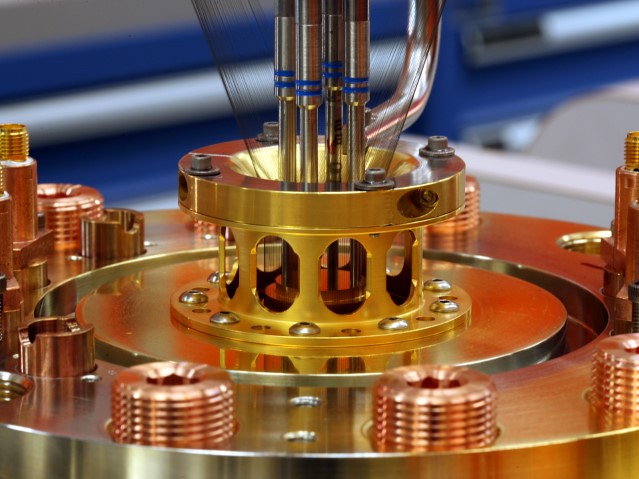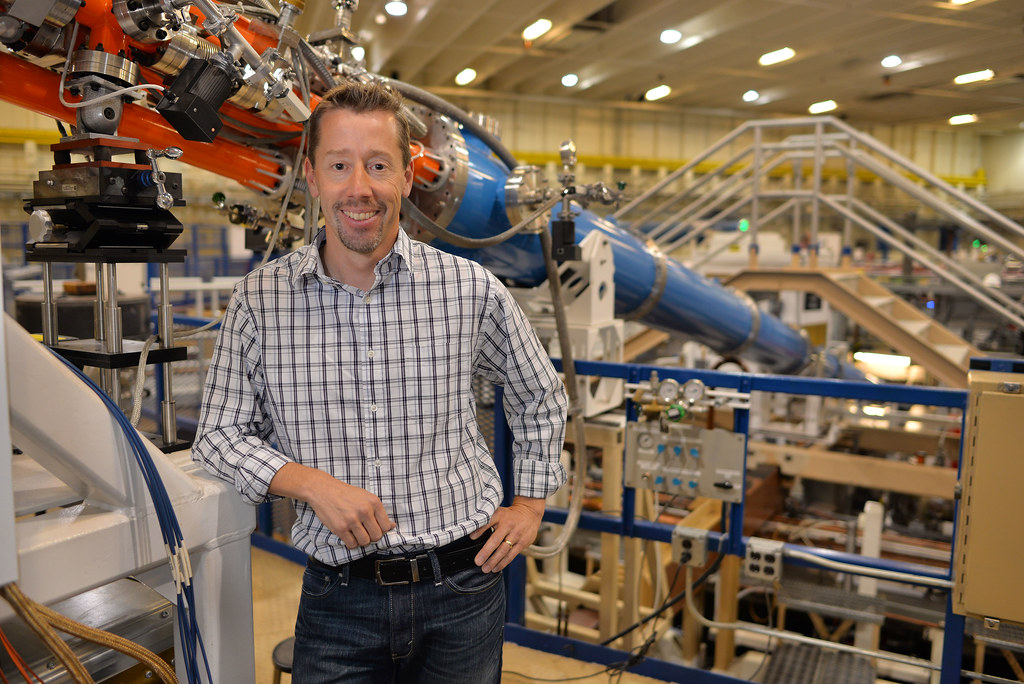
Planetary Research
High Energy Density Physics

Astrophysics
SNL experiments may force revision of astrophysical models of the universe

Advanced Pulsed Power Concepts
SNL Remains One of the World’s Premier Pulsed Power Research and Applications Center

Dynamic Materials / Shock Physics
Sandia is one of the leaders in shock-wave studies and ballistic applications

Inertial Confinement Fusion
Innovative concepts could lead to “break-even” fusion in the foreseeable future
Pulsed-Power Science and Technology
Pulsed power science is the collection of technologies, capabilities, and theoretical and experimental tools that enable the concentration of electrical energy in space and time.
Our facilities include the Z accelerator, which produces powerful soft x rays and magnetic fields for research in high energy density physics, the Saturn x-ray source, and the High-Energy Radiation Megavolt Electron Source (HERMES) III for gamma rays.
Undergraduate and graduate students are provided with the opportunity to gain experience working at a world class pulsed power facility through the SEERI Program.
Pulsed-Power Science & Technology Image Gallery.
Advanced Pulsed Power Concepts
Advanced Pulsed Power Concepts Experiments conducted on Sandia’s Z Machine create the extreme radiation, pressure and temperatures produced in a nuclear blast. Technical experts apply theoretical, computational and diagnostic tools to analyze results from Z and other experimental platforms. The results also create opportunities for new science and engineering discoveries, from understanding materials behavior and providing insights into astrophysics and planetary science, to one day achieving the elusive goal of creating fusion energy in the laboratory.
Planetary Research
Planetary Research The bright lights of Venus, Mars, and Jupiter have captured the imagination of people for eons. Scientists at Sandia National Laboratories use the Z machine to create matter found in conditions at the core of the Earth or the deep interior of Neptune and Jupiter, and measure the properties.
Astrophysics
Astrophysics Sandia’s Z machine provides us with the capability to delve deep into discovery science to study the behavior of matter at extreme conditions. This contributes to our fundamental understanding of nature and the universe.
Inertial Confinement Fusion
Inertial Confinement Fusion Inertial confinement fusion (ICF) is a method that attempts to initiate nuclear fusion reactions by heating and compressing a fuel target, typically in the form of a pellet that most often contains a mixture of deuterium and tritium. Scientists at Sandia have now shown that a strategy called Magnetized Liner Inertial Fusion (MagLIF) in which a strong magnetic field is embedded in an imploding plasma of deuterium gas, is effective at retaining the heat necessary for fusion.
Dynamic Materials
Dynamic Materials The science of dynamic material compression is a core capability at Sandia. Materials are subjected to extreme conditions at Z, a machine which uses massive pulses of electrical power to create huge magnetic fields or to accelerate materials to extremely high velocities of about 50 kilometers (31 miles) per second — far faster than a rifle bullet. Using these means, scientists examine the response of materials at extremely high-energy densities.